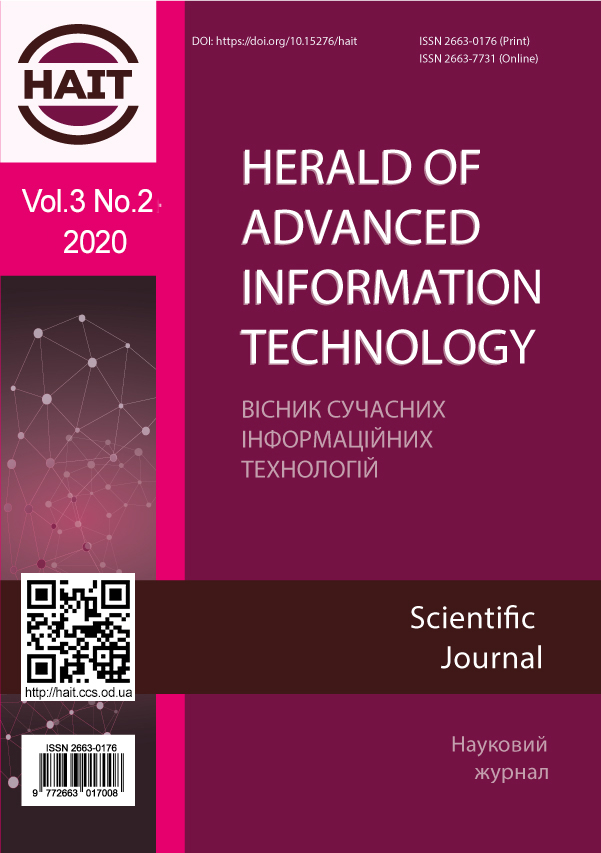Feature selection for predicting the patient state in distant postoperative period
DOI:
https://doi.org/10.15276/hait.02.2020.3Keywords:
feature selection, congenital heart defects, optimization problem, Best-Worst method, classification algorithmsAbstract
The optimization problem of patients with congenital heart defects state in the distant postoperative period consists of finding a specific treatment strategy that gives the best rest, taking into account the initial state of a patient. However, there may be too many input variables for this type of task, which significantly increases the risk of worsening the result. The work describes the process of analyzing feature selection algorithms, where features act as indicators of patients with congenital heart defects, applying the mechanism of these algorithms to reduce the dimension (quantity) of input features, and using selected features to predict patients’ state indicators in the distant period. The purpose of the study was to find the optimal composition of indicators that would retain as much information as possible for predicting indicators of the state of patients. Among the analyzed feature selection algorithms, the correlation feature selection method was chosen. The function of the additive convolution of state indicators was used as an output variable. This function was obtained by the Best-Worst method (one of multi-criteria decision making methods). To predict patient state indicators, five classification algorithms were proposed: logistic regression, linear discriminate analysis, random forest, mixed step-by-step algorithm of group method of data handling, and group method of data handling with neurons. Before using them, the total samples were divided into train (eighty percent) and test (twenty percent) samples. The first three algorithms were programmed in Python, while the others were calculated in GMDH Shell DS software. Algorithms give seventy-eight and four tenths of accuracy on average on the test sample. The results will be used to improve the unified algorithm for optimizing the state of patients, which was obtained in previous studies, and includes a genetic algorithm and analytic hierarchy process.








